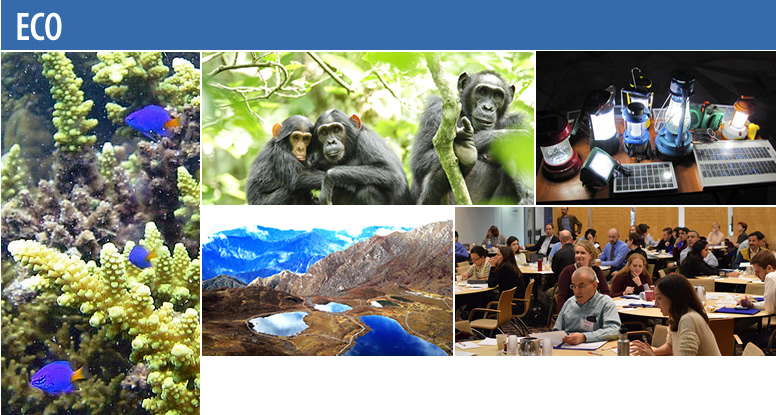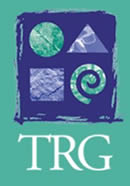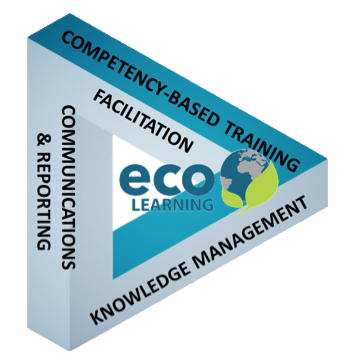Environmental Communication, Learning, and Outreach (ECO)

The Bureau for Economic Growth, Education, and Environment (E3)
Offices Involved:
- Forestry and Biodiversity
- Global Climate Change
- Water
- Energy and Infrastructure
project partners:


USAID’s Environmental Communication, Learning and Outreach (ECO) contract was a five-year project aimed at improving learning and communications in the Environmental and Natural Resource Management and Global Climate Change sectors for USAID staff and the broader development community. Working with four offices in USAID’s Bureau of Economic Growth, Education and Environment, ECO facilitated learning, enhanced communications and broadened knowledge management to improve programs. The ECO team partnered with staff in Washington, D.C., and collaborated with missions and partners worldwide.
Approach
This graphic depicts ECO’s approach to the project, where all four task areas contribute to individual and organizational learning. In order to implement that approach, ECO staff developed a learning strategy that is characterized by five approaches:
- Collaborative: guided by a process of participation and collaboration in design, implementation, monitoring and evaluation
- Adaptive: responsive to the readiness, emerging needs and dynamic environment of the respective Offices
- Cost effective: continuously informed by rigorous monitoring and evaluation and action learning, focused on getting the best results possible
- Innovative: reaches learners using a variety of modalities to meet various learning needs and styles; introduces different and complementary methods to share knowledge, techniques and tools; and continuously looks for new ways to offer learning opportunities to USAID staff and target audiences
- Enabling learning environment: building synergies among the four tasks will reinforce learning and support on-the-job application.
This Learning Strategy is designed to provide access to learning opportunities for staff to improve performance and programming in a dynamic environment, while being mindful of the limited time available to staff for formal learning. Over time, the increased individual capacity and performance positively impacts the overall organizational learning and performance, which in turn contributes to more effective developmental outcomes.
Task Areas
ECO Resources

USAID’s Biodiversity Conservation and Forestry Programs, 2016 Annual Report
In FY 2016, USAID field conservation programs improved natural resource management in highly biodiverse areas across more than 57 million hectares, an area about the size of Colorado and Nevada combined.

Biodiversity conservation and forestry programs 2016 report, fiscal year 2015 results and funding
The United States Agency for International Development (USAID) submits this report pursuant to Section 118 of the Foreign Assistance Act of 1961 (FAA), as amended, on Tropical Forests.

Biodiversity conservation and forestry programs 2015 Report, fiscal year 2014 results and funding
The United States Agency for International Development (USAID) submits this report to fulfill the requirement for an annual report on implementation of Section 118 of the Foreign Assistance Act of 1961, as amended (FAA),on Tropical Forests.




